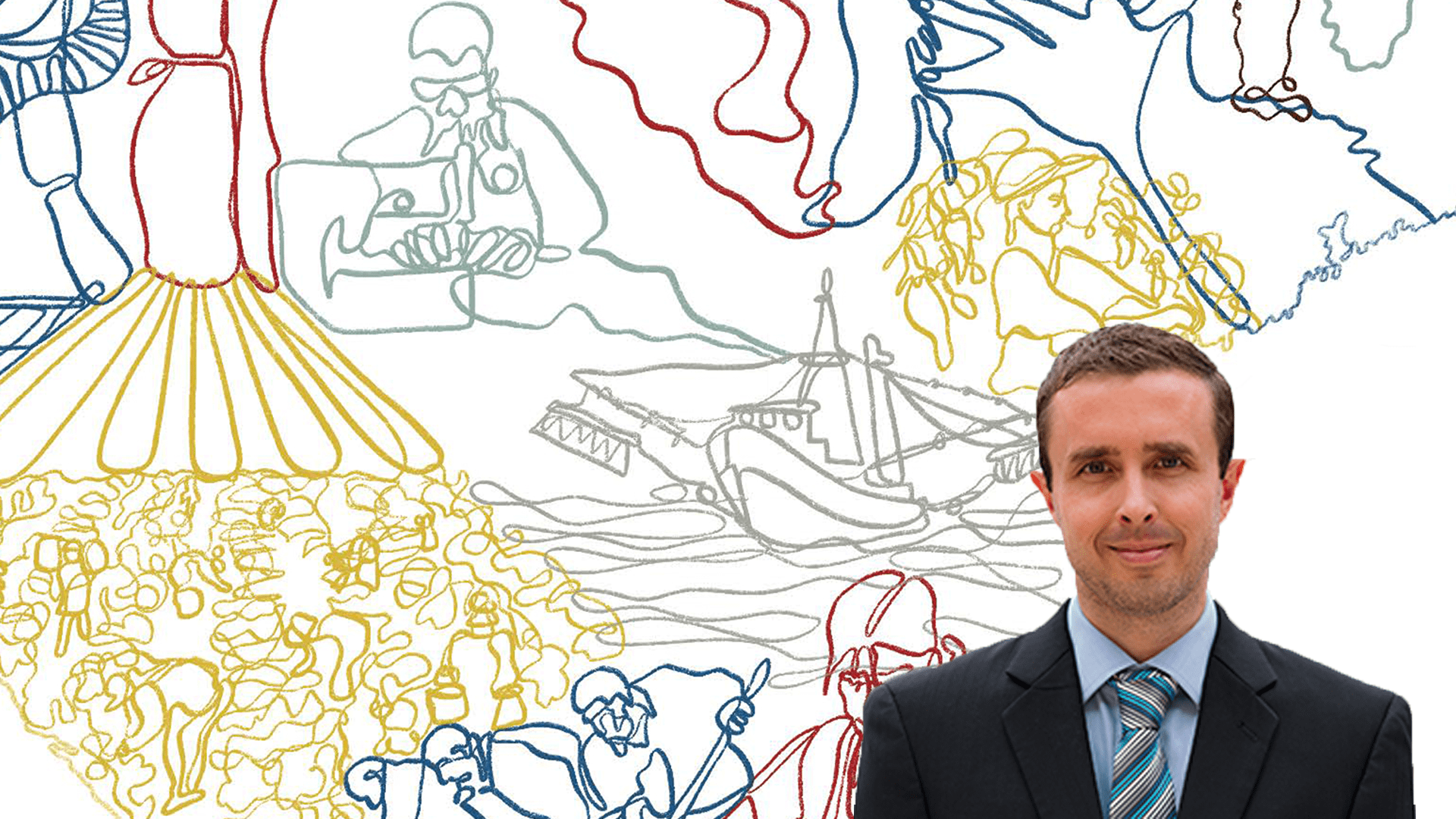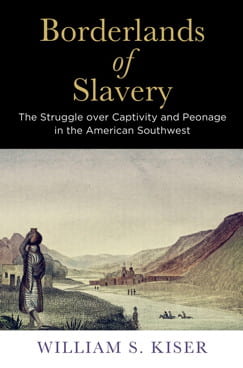
In preparation for the upcoming symposium, Chasing Slavery: The Persistence of Forced Labor in the Southwest, to be held at Texas State University from 24-26 October, in Flowers Hall 230, we will be running a series of posts focused on the conference participants and organizers. The conference will bring together dozens of scholars, with a keynote from Ambassador Luis C.deBaca (ret.). See the conference website for more details.
Today, conference participant Dr. William S. Kiser, Assistant Professor of History at Texas A&M University-San Antonio, shares with us a bit about his research.
 Tell me in four sentences why I should read your book.
Tell me in four sentences why I should read your book.
Dr. William Kiser: This book broadens our historical understandings of slavery during and after the Civil War era by examining two relatively obscure forms of involuntary servitude: Indian captivity and Hispanic debt peonage. It focuses on American legal and political understandings of slavery and free labor in the 19th century, and the impact that the Hispanic Southwest’s alternative slaveries had on abolitionist ideology and jurisprudence. People should read this book because it challenges prevailing conceptualizations of slavery and free labor by emphasizing the expansion of Thirteenth Amendment jurisprudence to include peonage and captivity in addition to the more familiar chattel slavery of the Old South.
What was the most surprising thing you encountered when researching your book?
Dr. Kiser: The most surprising thing to me was just how little had previously been written about debt peonage in the American Southwest. In the past 20 years, historians have increasingly taken notice of Indian captivity and slavery in North America, but peonage in the Hispanic Southwest has somehow managed to linger in the shadows of public and academic awareness until very recently.
What do you hope people will take away from our conference on trafficking, forced labor and labor exploitation?
Dr. Kiser: The main takeaway that I’d like to see is a better understanding of just how complex and complicated slavery is in the modern world and that, contrary to popular belief, forced labor remains prevalent but largely invisible throughout parts of the United States. In this sense post-Civil War Reconstruction truly is, to borrow Eric Foner’s words, an unfinished revolution that continues to impact modern America.
What challenge(s) raised by your research are you still trying to reconcile?
Dr. Kiser: The paper I am presenting at this conference actually address this very issue. In Borderlands of Slavery, I took the story of peonage into the late 19th century, but I did not follow it into the 20th century. I am currently researching the persistence of forced labor—particularly the peonage and partido systems–in the modern American Southwest and attempting to reconcile the national ban on debt peonage in 1867 with the ongoing existence of the system, in disguised forms, into the late 20th century.
Also check out:
- Borderlands of Slavery: The Struggle over Captivity and Peonage in the American Southwest
By William S. Kiser (University of Pennsylvania Press, 2017)
